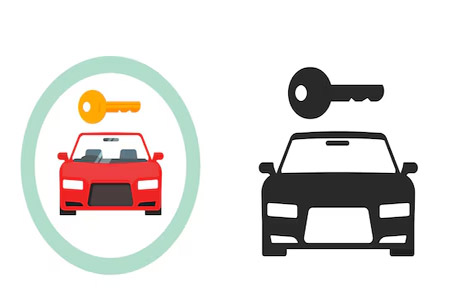THANK YOU FOR SUBSCRIBING
THANK YOU FOR SUBSCRIBING
Be first to read the latest tech news, Industry Leader's Insights, and CIO interviews of medium and large enterprises exclusively from Auto Tech Outlook

By
Auto Tech Outlook | Tuesday, May 27, 2025
Stay ahead of the industry with exclusive feature stories on the top companies, expert insights and the latest news delivered straight to your inbox. Subscribe today.
In the rapidly evolving landscape of automotive development, ensuring safety and security has become paramount.
FREMONT, CA: The automotive industry is committed to improving safety and security by integrating advanced technologies, conducting thorough testing, ensuring regulatory compliance, and fostering collaboration across the sector. By focusing on areas such as ADAS, V2X communication, cybersecurity, crashworthiness, autonomous driving technologies, and regulatory standards, automakers strive to reduce risks and move toward safer transportation solutions. Ongoing innovation and proactive strategies will propel the industry toward enhanced safety, reliability, and consumer trust.
Advanced Driver Assistance Systems (ADAS):
Advanced Driver Assistance Systems (ADAS) are cutting-edge car safety technologies that help drivers maneuver, park, and prevent collisions using sensors, cameras, radar, and AI algorithms. Adaptive cruise control, lane departure warning, automated emergency braking, and blind-spot monitoring are further ADAS features that increase driver awareness and safety.
Vehicle-to-Everything (V2X) Communication:
V2X communication allows vehicles to exchange real-time information with other cars, infrastructure, pedestrians, and the environment, improving situational awareness and safety. It supports collision avoidance, traffic management, and emergency vehicle prioritization, optimizing traffic flow and reducing congestion. Secure protocols and encryption protect data integrity.
Cybersecurity Measures:
The increasing integration of autonomous vehicles calls for strong cybersecurity measures to guard against potential cyber-attacks. Automotive cybersecurity includes intrusion detection systems, encryption standards, and secure communication protocols. Software updates, threat intelligence exchange, and routine monitoring also reduce risks and guarantee the secure operation of connected cars.
Crashworthiness and Vehicle Design:
Crashworthiness is crucial for automotive safety, focusing on vehicle design and structural integrity. Automakers conduct rigorous crash tests and simulations to evaluate safety performance. Advanced materials like high-strength steel, aluminum alloys, and composites enhance structural rigidity and energy absorption, minimizing injury risks and enhancing occupant protection.
Autonomous Driving Technologies:
Autnomous driving technologies aim to improve road safety and reduce human error in mobility—levels of autonomy range from driver assistance systems to fully autonomous vehicles. Safety is prioritized through sensor redundancy, fail-safe mechanisms, real-time decision-making algorithms, and controlled environment testing to validate performance and reliability.
Regulatory Standards and Compliance:
Regulatory standards and compliance frameworks are crucial for safety and security in the automotive industry. These standards govern vehicle design, manufacturing, and operation, ensuring compliance with emission standards, cybersecurity guidelines, and legal obligations. Automakers must adhere to frameworks like FMVSS, Euro NCAP, and ISO/SAE 21434.
Collaboration and Industry Initiatives:
Collaboration among automakers, technology providers, government agencies, and cybersecurity experts fosters innovation and best practices in automotive safety and security. Industry initiatives promote knowledge-sharing, research collaboration, and the development of common standards to address emerging challenges in vehicle safety, cybersecurity, and regulatory compliance. Cross-sector partnerships support implementing safety technologies, cybersecurity solutions, and risk management strategies that enhance overall automotive safety and consumer trust.
 Copyright © 2025 AutoTech Outlook. All Rights Reserved | Privacy Policy | Subscribe | Sitemap | About us | Feedback Policy | Editorial Policy
Copyright © 2025 AutoTech Outlook. All Rights Reserved | Privacy Policy | Subscribe | Sitemap | About us | Feedback Policy | Editorial Policy 



